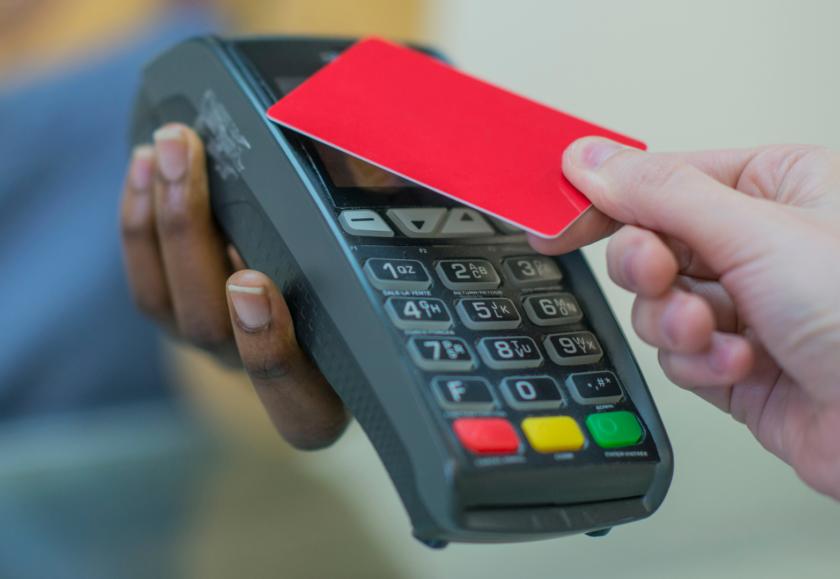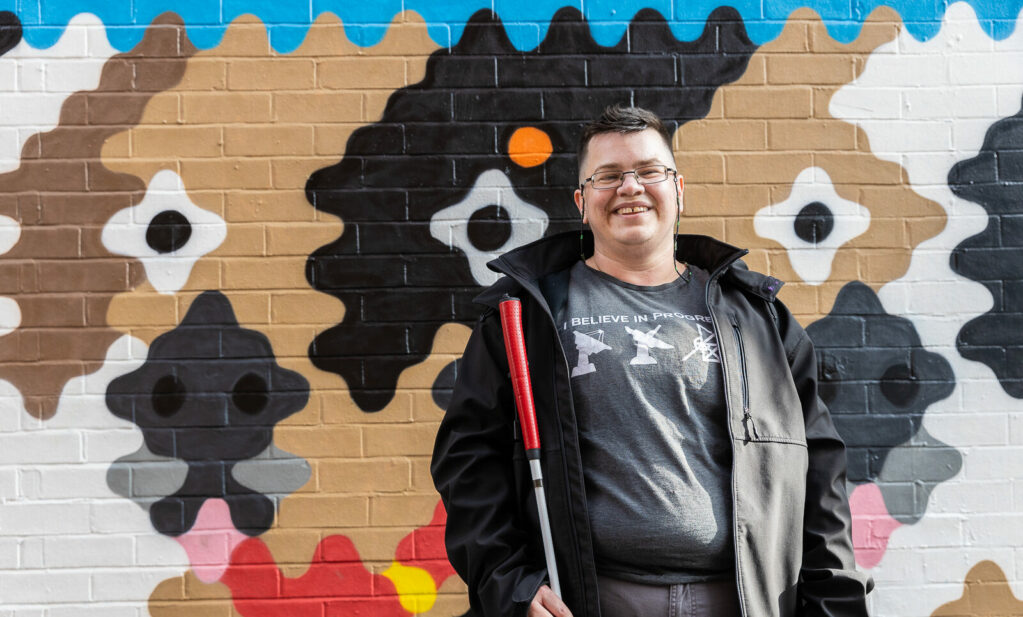The cycle of transport poverty: how the cost-of-living crisis is locking disabled people indoors
Ezra Johnson
Transport for All's Campaigns Officer
Even at the best of times, the transport system in the UK is profoundly inaccessible to disabled people. But now, with the cost-of-living crisis, many disabled people are finding the limited transport options we had available to us too expensive to use.
As the cost-of-living soars, the news cycle has become a familiar blur of issues: rent, energy, and food prices are far too high, for far too many to afford. But often absent from these conversations is another rising cost: transport. Last week, the government announced that rail fares are to rise by 6% in March, the biggest single increase in a decade. Of course, nobody is pleased when ticket prices shoot up, especially during an economic crisis. But for disabled people, who already face significantly higher living and transport costs, the price of getting from A to B can be a significant barrier to work, education, family, and society.
Travelling costs more when you are disabled
Financial barriers (the cost of fares, mobility aids, fuel, and adapted vehicles) are one of the major factors that lead to the Disability Transport Gap. This refers to the fact that disabled people make roughly 30% fewer journeys per year than non-disabled people. Because public transport across the UK is so inaccessible, disabled people are often forced to rely on private cars or taxis to get around, with the cost of this racking up pretty quickly. As a result, disabled households are overspending on personal transport by 33%.
“It’s affecting my ability to work and earn enough money to live, to go shopping where I want to, to meet friends etc, I can’t live a normal life unless I pay for taxis to take me everywhere. When I do try and use public transport I find that the buses don’t run on time or I can’t use them because there are no seats available, and trying to use the tube or overground is a nightmare because supposedly accessible stations often have lifts that are out of order and there’s no information, so you turn up and find out you can’t travel, or the incompetent staff tell you the lifts are working when they are not.”
Even pedestrian journeys can be costly. Good quality wheelchairs are typically not available on the NHS, leaving many disabled people to pay out of pocket. Because of this, there has been a fourfold increase in the number of people forced to use crowdfunding sites to buy mobility aids. For people who use electric wheelchairs or other powered mobility aids, the rising cost of energy is driving prices up even further.
Other active travel options don’t fare much better. The cost of even the most basic adapted cycle is often several hundred pounds, with most e-assisted hand-cycles sitting at the £3500 mark and beyond. On top of this, disabled people sometimes have to factor in not only their personal travel costs, but the travel costs of PAs or carers too.
For many disabled people, these costs are just too prohibitive, leaving no option but to abandon plans and stay at home.
The cost-of-living crisis is hitting disabled people the hardest
Now, with the cost-of-living crisis, even more of our community are facing this problem. Disabled people face, on average, £583 per month more living costs than non-disabled people. For 1 in 5 disabled people, this figure rises to £1000, despite being twice as likely to be unemployed, and 60% more likely to live in poverty. The cost-of-living is going up for everyone. But for disabled people, who already face such a crushing financial burden, the squeeze is even tighter.
This means that for many, they cannot afford to make the journeys they need. And this lack of accessible, affordable transport, locks disabled people in a vicious cycle of financial hardship: 10% of disabled people in the UK said that inaccessible transport was a key barrier to receiving an education, and 1 in 4 said that inaccessible transport limited their employment options. Some of our members have told us that they have missed out on jobs and career opportunities, or lost jobs, because they can’t regularly get to work events. The financial barriers to transport then stop disabled people being able to move through the world as freely as nondisabled people, limiting their opportunities and, subsequently, their incomes.
“I often miss out on networking which could progress my career, because I struggle to get to in-person events.”

Graphic showing the cycle of transport poverty. Less money for transport leads to disabled people being less able to make journeys. This in turn makes them less able to access work and education, which starts the cycle again.
Concessions
Some concessions and benefits exist, including railcards, bus passes, the Mobility component of PIP, and the Motability Scheme. These schemes recognise the increased cost of travel for disabled people, and aim to offer some redress. You can click on any of the links to find out more about these schemes and how to apply. However, there are also barriers to getting these. The eligibility criteria are often narrow – excluding many disabled people entirely, and the application process can be inaccessible, time-consuming and complex. This means that some disabled people fall through these safety nets, and are left, once again, to pick up the costs.
“‘I then applied for the higher rate PIP on the basis that I could barely move/function. I was denied this and, as a result, could not access Motability which would have paid for the very expensive high-tech adaptations that I need to drive.”
What needs to change?
The importance of financial aid for transport cannot be overstated; the cost of getting around has always been higher for disabled people, but in recent months the toll has become even worse. Now more than ever, we need properly funded concessionary schemes, fare caps, funding for mobility aids and adapted cycles, easier applications for bus passes, subsidised taxi journeys, and more.
What are we doing?
Transport for All has been awarded funding from the abrdn Financial Fairness Trust to undertake a new piece of research into the barriers to concessionary schemes (from the Blue Badge, to Taxicard, to regional bus passes, and the Disabled Persons Railcard). We’re looking to build an evidence base on how disabled people experience, apply for and use transport concessions: where they are truly helpful, whether they don’t currently go far enough, and what needs to change. We can then use this to influence policy makers to improve schemes, and dismantle some of the financial barriers to travelling for disabled people.
Being able to get around is essential for disabled people to live the lives we want to live: to socialise, to learn, to get to medical appointments, and to make a living. So, if the government wants to help disabled people through this cost-of-living crisis, affordable, accessible transport cannot take a back seat.
Want the latest accessible transport news in your inbox?
Sign up as a member (it’s free!) to receive our newsletter with policy updates, news, as well as opportunities to get involved with our research and campaigns. Click on the link above to visit our membership page and find out more.

